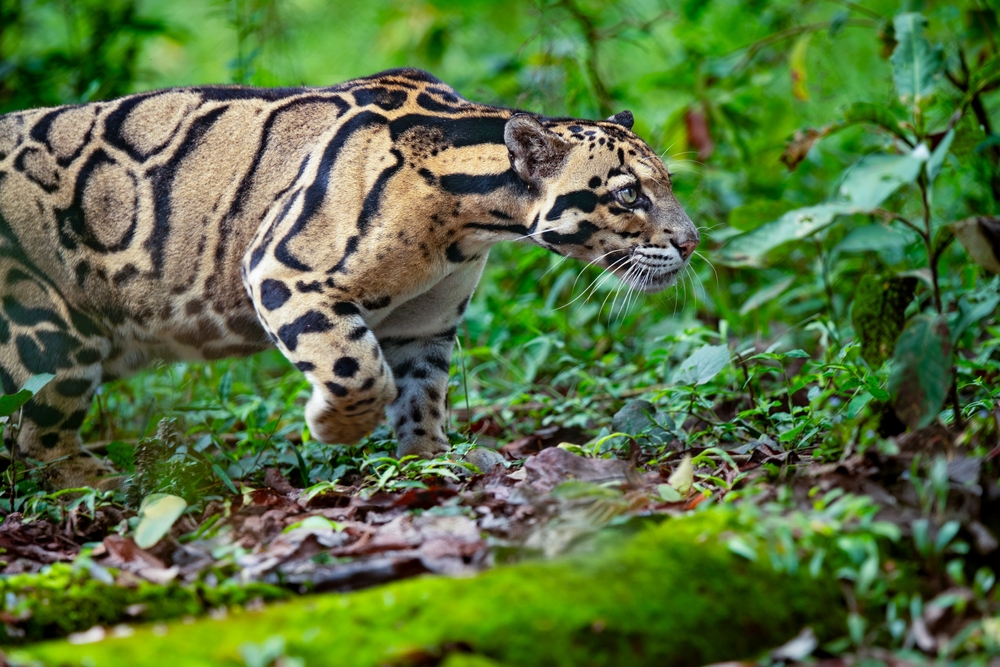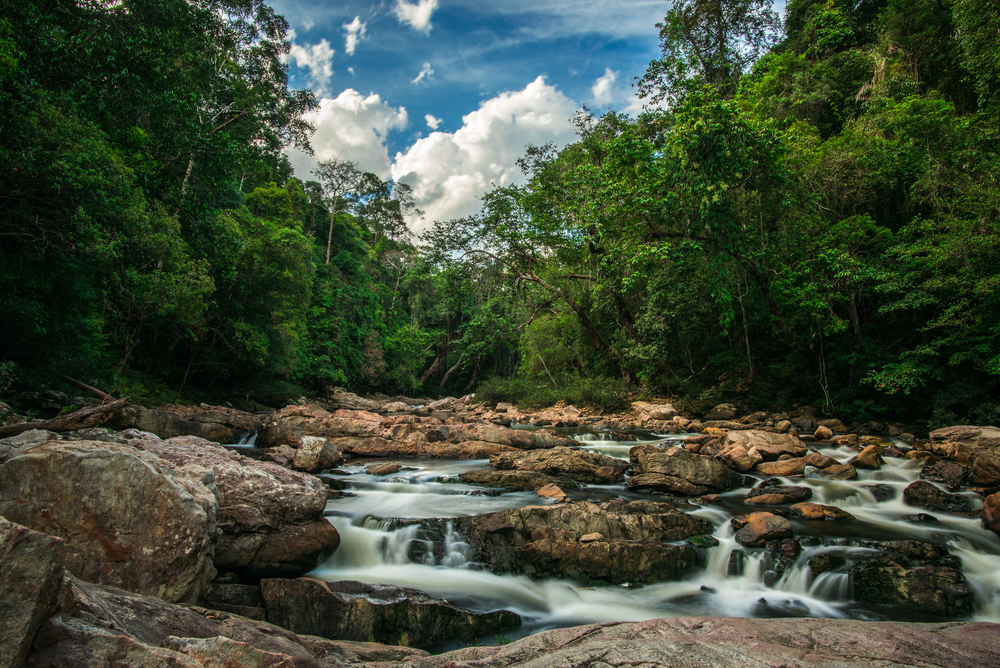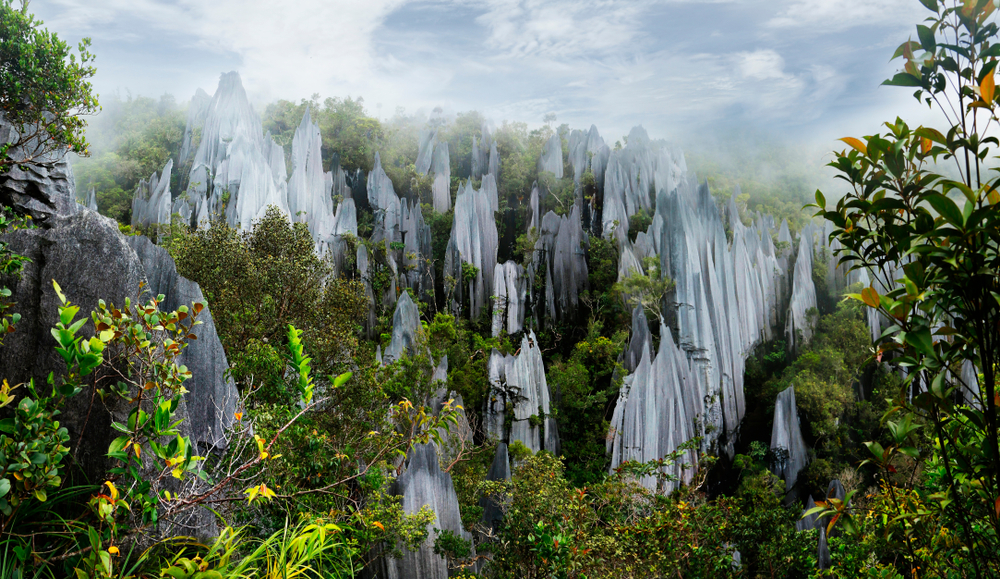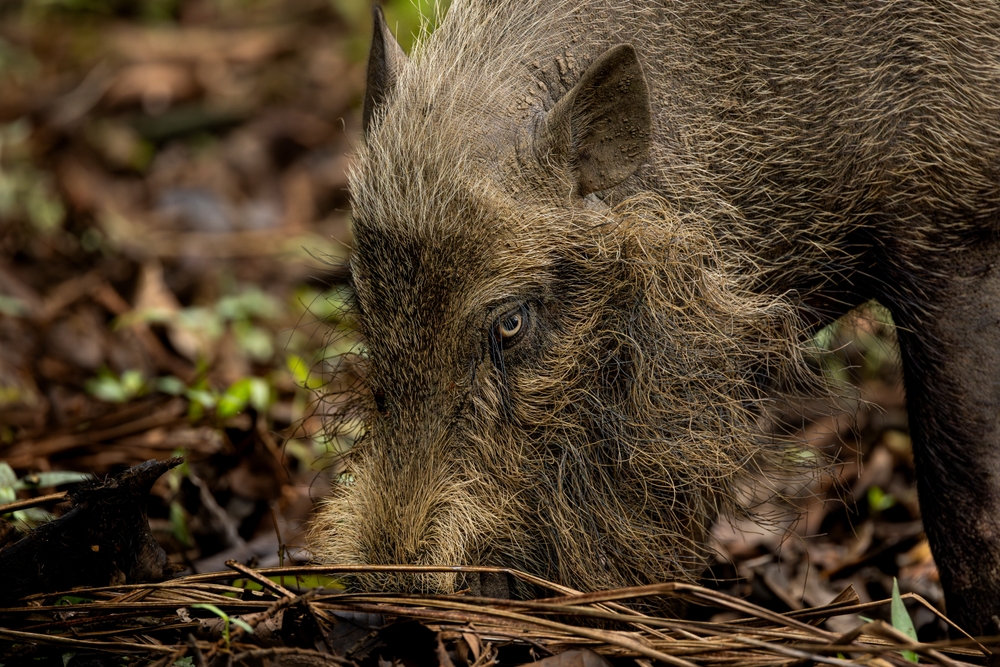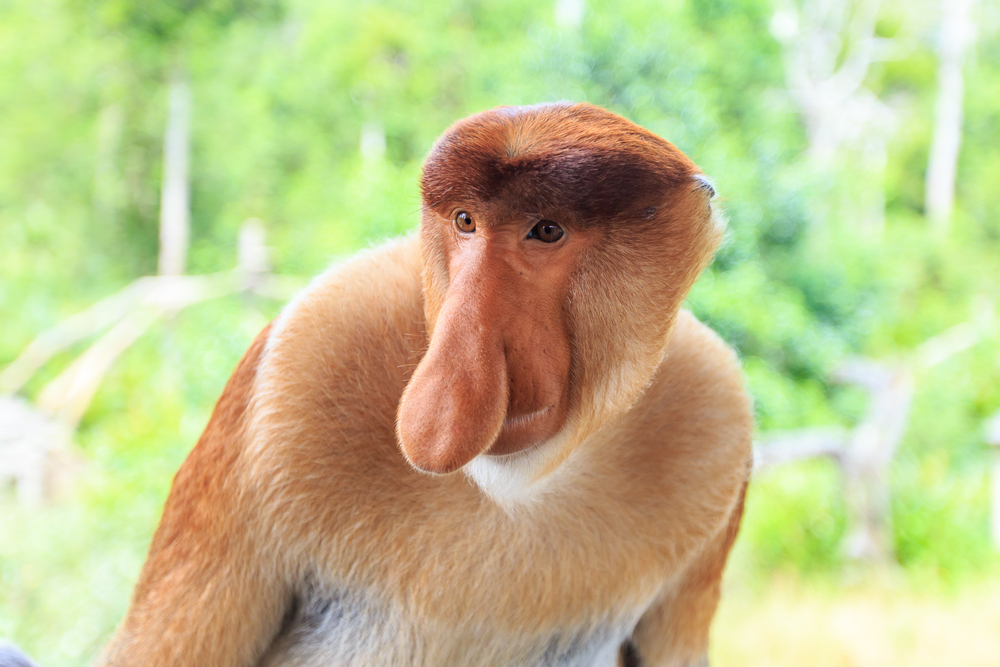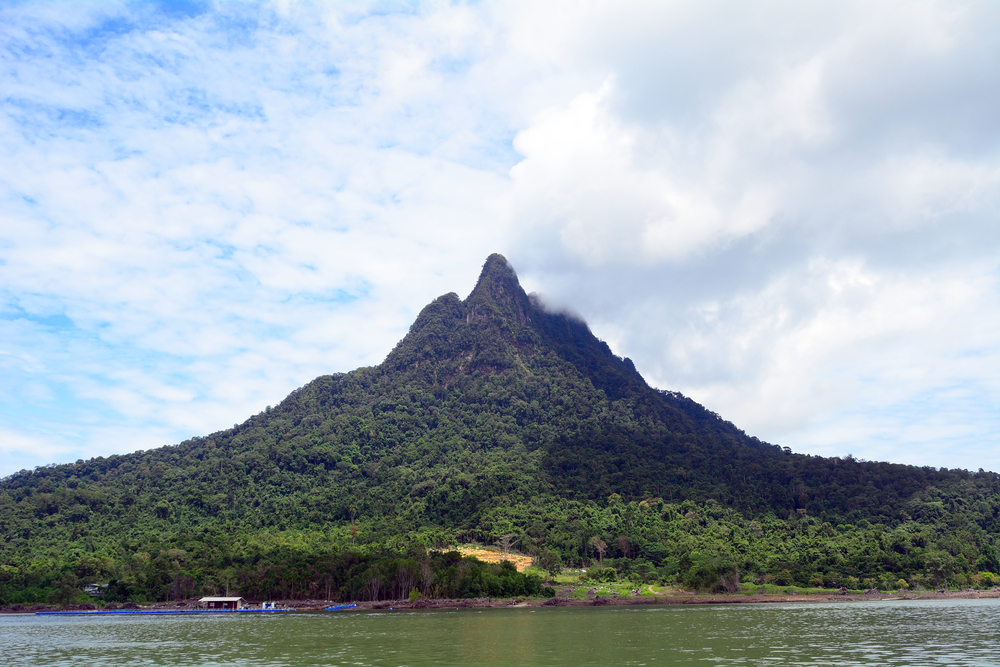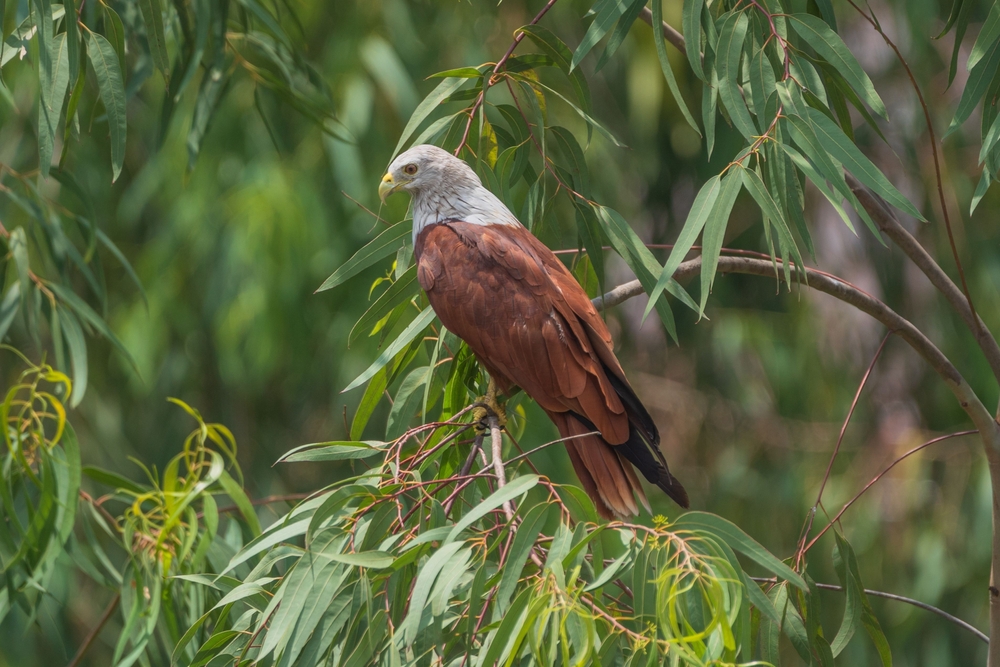Loagan Bunut Overview
Loagan Bunut National Park, locally known as Taman Negara Loagan Bunut, is a mesmerizing ecological haven located in the northern region of Sarawak, Malaysia. Spanning approximately 39 square miles (100 square kilometers), this park is renowned for its unique ecosystem centered around Loagan Bunut, Sarawak’s largest natural lake.
Nestled within the Baram River Basin, this park lies amidst a complex interplay of wetlands, rivers, and peat swamp forests, forming an intricate habitat that supports remarkable biodiversity. The park’s terrain is defined by its seasonal lake, which undergoes dramatic transformations throughout the year.
During the dry season, the lake recedes, revealing expansive mudflats that attract an array of wildlife. The surrounding peat swamp forests are lush with towering trees such as Shorea species and Kerangas forests, interspersed with aquatic plants and pandanus that thrive in the waterlogged environment. The serene landscapes are complemented by the meandering tributaries of the Baram River, creating a tranquil, watery wonderland.
Loagan Bunut is a treasure trove for wildlife enthusiasts. Visitors may spot agile gibbons, Bornean bearded pigs, and even clouded leopards, while smaller mammals such as civets and squirrels add to the park’s charm.
Birdwatchers flock here to witness an avian spectacle, as the park is home to over 80 bird species, including hornbills, egrets, and the elusive Storm’s stork. The seasonal fluctuations of the lake bring about fish migrations, attracting not only predators but also local fishermen practicing traditional Selambau net fishing, an ancient method still in use today.
Among the park’s popular features is the breathtaking Loagan Bunut Lake itself, which offers boat tours where visitors can glide across its calm waters, especially during the wet season when the lake reaches its full capacity. Hiking trails through the peat swamp forests provide an immersive experience for those seeking to connect with nature, while cultural interactions with the indigenous Berawan community allow visitors to learn about traditional lifestyles and conservation efforts.
Visitors can experience Loagan Bunut National Park in various ways, including guided nature walks, wildlife observation tours, and birdwatching expeditions. For those with an adventurous spirit, camping under the starlit skies provides an intimate connection with the park’s natural rhythms. The park also serves as an educational hub, offering insights into its unique hydrological cycles and the ecological importance of wetland ecosystems.
Loagan Bunut faces challenges such as the impacts of climate change, deforestation, and potential conflicts over land use. However, conservation efforts by the Sarawak Forestry Corporation have been instrumental in mitigating these threats. Initiatives like community engagement, habitat restoration, and sustainable tourism practices have contributed to preserving the park’s delicate balance, making it a model of ecological resilience and collaboration.








































































